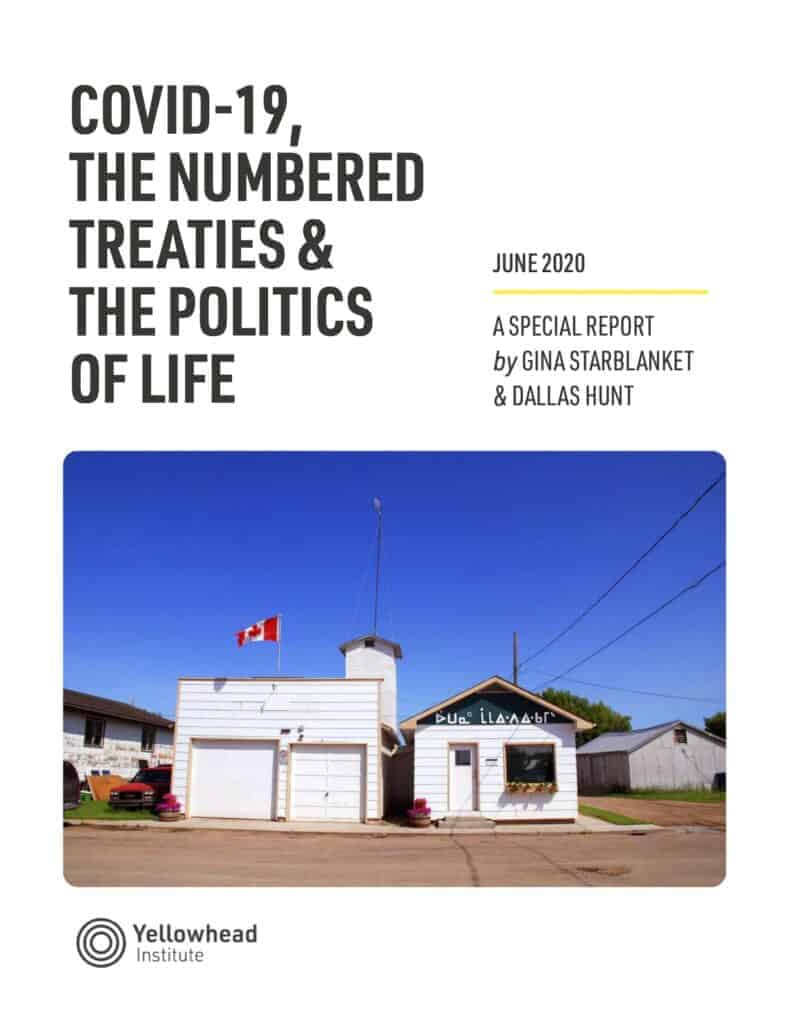- About
- Research
-
-
- Special Reports & Features
- Pretendians and Publications: The Problem and Solutions to Redface Research
- Pinasunniq: Reflections on a Northern Indigenous Economy
- From Risk to Resilience: Indigenous Alternatives to Climate Risk Assessment in Canada
- Twenty-Five Years of Gladue: Indigenous ‘Over-Incarceration’ & the Failure of the Criminal Justice System on the Grand River
- Calls to Action Accountability: A 2023 Status Update on Reconciliation
- Data Colonialism in Canada’s Chemical Valley
- Bad Forecast: The Illusion of Indigenous Inclusion and Representation in Climate Adaptation Plans in Canada
- Indigenous Food Sovereignty in Ontario: A Study of Exclusion at the Ministry of Agriculture, Food & Rural Affairs
- Indigenous Land-Based Education in Theory & Practice
- Between Membership & Belonging: Life Under Section 10 of the Indian Act
- Redwashing Extraction: Indigenous Relations at Canada’s Big Five Banks
- Treaty Interpretation in the Age of Restoule
- A Culture of Exploitation: “Reconciliation” and the Institutions of Canadian Art
- Bill C-92: An Act respecting First Nations, Inuit, and Métis Children, Youth and Families
- COVID-19, the Numbered Treaties & the Politics of Life
- The Rise of the First Nations Land Management Regime: A Critical Analysis
- The UN Declaration on the Rights of Indigenous Peoples in Canada: Lessons from B.C.
- View all reports.
- Special Reports & Features
-
-
- Yellowhead School
- The Treaty Map
- LIBRARY
- Submissions
- Donate

In many Crown-First Nation treaties, and specifically the Numbered Treaties, there is reference to health care provisions.
Referred to as a medicine chest in some cases or aid in others, this provision appears in written and oral versions of treaties.
Why then, is it absent in the conversations around the COVID-19 pandemic and First Nations, when it is needed most? This contemporary moment in Canadian time reveals much about the interpretation of treaties and how that interpretation (or mal-interpretation) matters in material ways to First Nations.
In this Yellowhead Special Report, Gina Starblanket and Dallas Hunt consider how healthcare is represented in the Numbered Treaty discussions at the time of treaty-making and into the present, illustrating contrasting visions of our collective relationship and the consequences. But in this study there is also guidance for the future of that relationship, one rooted in mutual support and a politics of life.
KEY QUESTIONS
Why are health care provisions, protected in many numbered treaties, absent in the conversations around the COVID-19 pandemic when it is needed most? How does the mal-interpretation of treaties affect First Nations in material ways today?
RELATED RESOURCES
FACTSHEET
An Annotated Guide to the (Mal)Interpretation of Confederation Era Treaties in Canada
This annotation of a Numbered Treaty reveals the difference in expectations between settlers and First Nations, and the violences that have accompanied the enforcement of a very narrow interpretation of treaties. This narrow interpretation excludes First Nation perspectives but endures into contemporary policy and law.
At such an important time in our shared history, treaty can help us re-imagine new and healthy forms of relationships, new possibilities.
- gina starblanket & dallas hunt
AUTHOR

Gina Starblanket
Cree/Saulteaux,
Star Blanket Cree Nation
AUTHOR

Dallas Hunt
Cree, Wapsewsipi
ARTIST

Joi Arcand
nehiyaw, Muskeg Lake Cree Nation


